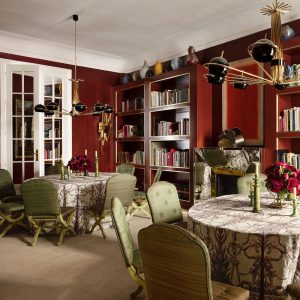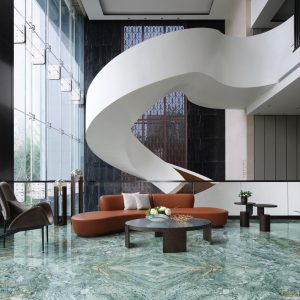
Ceramics have been used for thousands of years, from the production of ancient pottery to the creation of modern-day materials used in construction and industry. However, ceramics are also becoming increasingly popular in the design and creation of lighting fixtures. With their unique qualities, such as durability, heat resistance, and versatility, ceramics offer a range of advantages for lighting solutions that go beyond aesthetics.
Ceramic Materials and Characteristics
Ceramic materials used in lighting fixtures include clay, porcelain, and ceramics with metal oxides. These materials provide a wide range of characteristics that make them excellent choices for lighting applications. For instance, they have high heat resistance, which means they are ideal for use in heat-related applications like light bulbs and lamps. Ceramics are also durable, dense, and non-porous, which ensures that they can withstand harsh conditions and are resistant to wear and tear. They are long-lasting and do not corrode, which means they remain functional for a long time.
Advantages of Ceramic Lighting
Ceramic lighting has several advantages over traditional lighting solutions. Firstly, ceramics are versatile materials, which means they can be molded and shaped into various forms and sizes, such as pendant lights, table lamps, wall sconces, and chandeliers. They can be customized to match any decor style, from minimalist and modern to rustic and traditional.
Secondly, ceramics have natural translucency, which means they diffuse light in a way that provides a warm and comfortable ambiance. In addition, ceramics do not absorb light, which ensures that the light emitted is powerful and focused. Ceramic lighting fixtures can also be designed with various patterns, textures, and colors, which creates unique, eye-catching designs.
Thirdly, ceramics are environmentally friendly, making them the perfect material for sustainable lighting solutions. Ceramics are made from natural ingredients that are easily obtained and do not pose a threat to the environment. Ceramic is also an excellent recyclable material, which ensures that the products remain sustainable throughout their lifecycle.
Types of Ceramic Lighting
Ceramic lighting comes in various forms, typically grouped by their type of light source, size, or style.
Pendant lights are one of the most popular forms of ceramic lighting, providing a unique and interesting way to add light and style to any room. They come in various sizes and shapes, from simple round shapes to intricate designs with cut-out patterns.
Another type of ceramic lighting is table lamps, which provide a cozy and comfortable ambiance for any space. Ceramic table lamps come in different sizes and shapes, like the iconic Ginger and Mushroom lamps, which can fit into any decor scheme.
Wall sconces are another form of ceramic lighting, providing focused task lighting and creating a visually interesting design element on the wall. Ceramic wall sconces are usually small and can be installed in multiple numbers to create a unique lighting effect with a sculptural quality.
Ceramic lighting is an ideal material for modern lighting solutions, combining the durability and functionality of ceramics with unique design elements that add style and decor to any space. From pendant lights to table lamps to wall sconces, ceramic lighting offers a range of options to fit any decor style, providing a sustainable and long-lasting solution for modern lighting needs.







